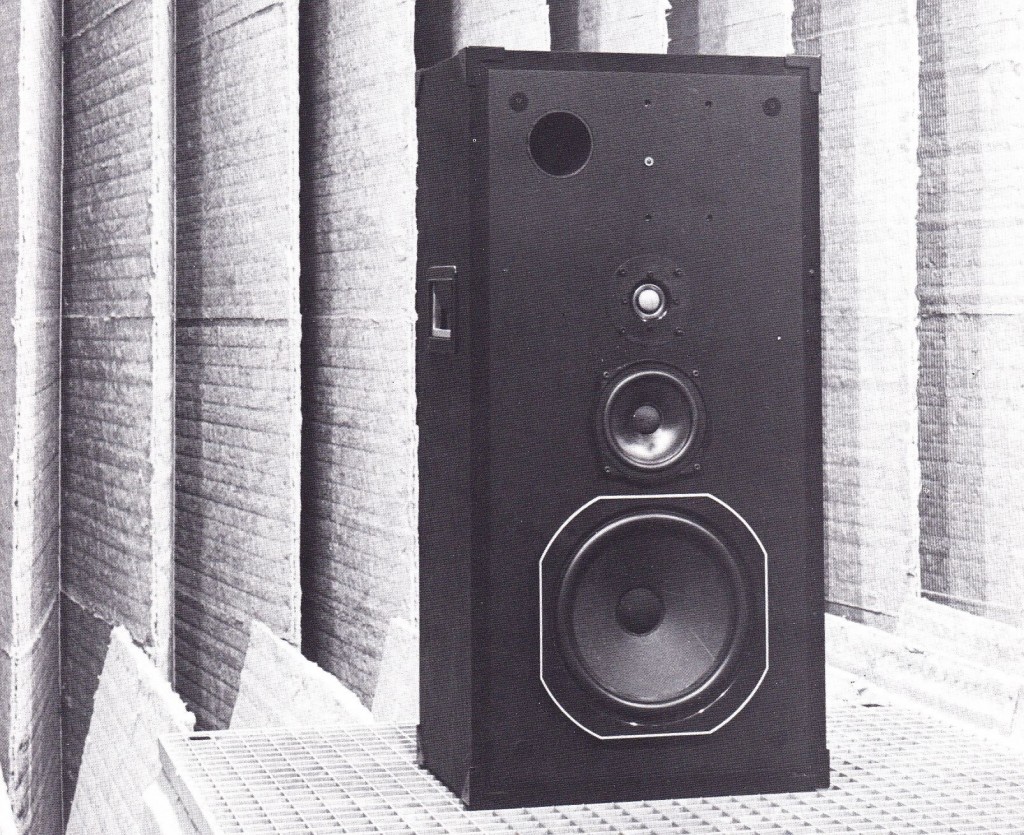 Download the 4pp product-sheet for the Barco MLS 1/80 studio monitor:
Download the 4pp product-sheet for the Barco MLS 1/80 studio monitor:
DOWNLOAD: Barco_MLS_1_80
These industrially-styled monitors incorporated an unusual circuit which introduces a 30db pad when the speaker THD exceeds 1%. Crazy. Anyone?
 Download the 4pp product-sheet for the Barco MLS 1/80 studio monitor:
Download the 4pp product-sheet for the Barco MLS 1/80 studio monitor:
DOWNLOAD: Barco_MLS_1_80
These industrially-styled monitors incorporated an unusual circuit which introduces a 30db pad when the speaker THD exceeds 1%. Crazy. Anyone?
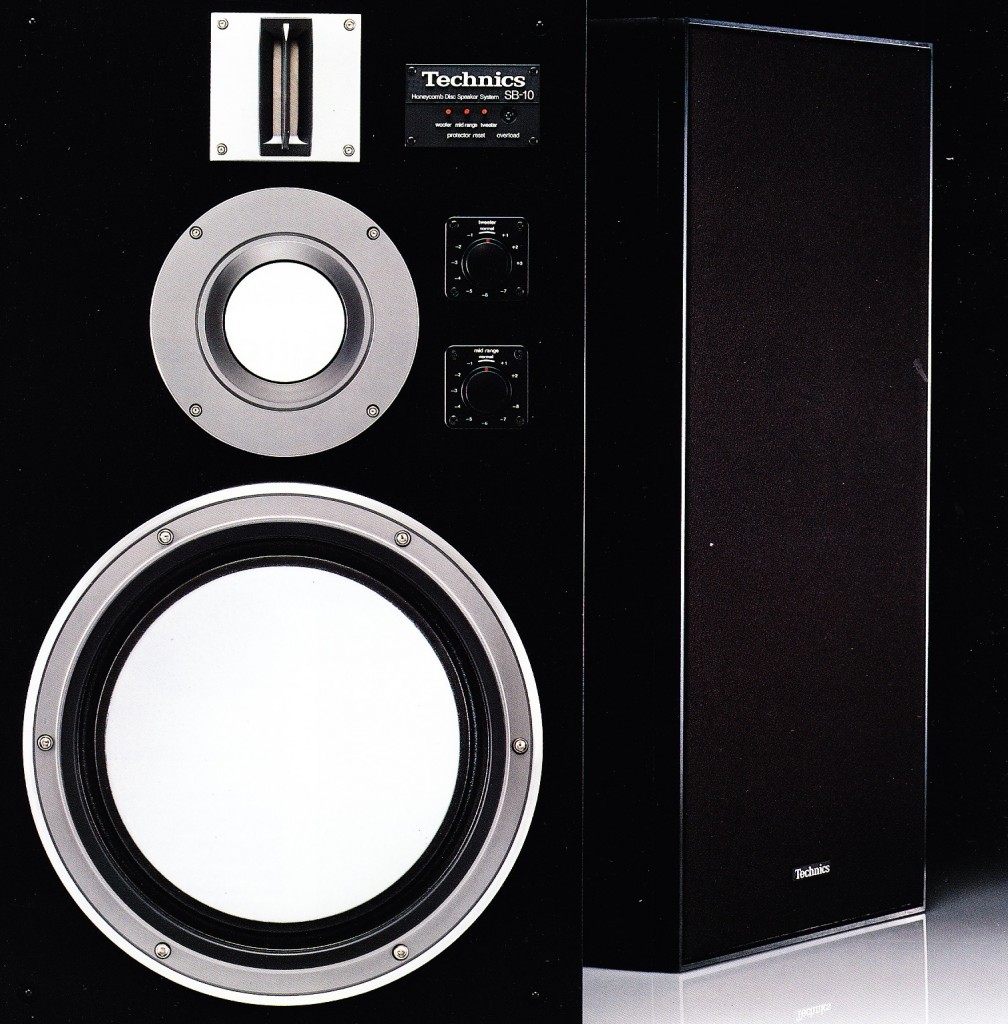 Download the original 4pp catalog for the Technics SB-10 “R&B Series” Honeycomb Disc Speaker System:
Download the original 4pp catalog for the Technics SB-10 “R&B Series” Honeycomb Disc Speaker System:
DOWNLOAD: Technics_SB-10_spkrs
We’ve featured a ton of late-70’s Technics materials here at PS dot com, but I think this is the first of their period speakers we’ve described… and wow these things are unusual. The woofer and midrange use rigid flat diaphragms, and the tweeter is a “Leaf” design; check the download for deets on that. Anyone ever listen to these? Thoughts?
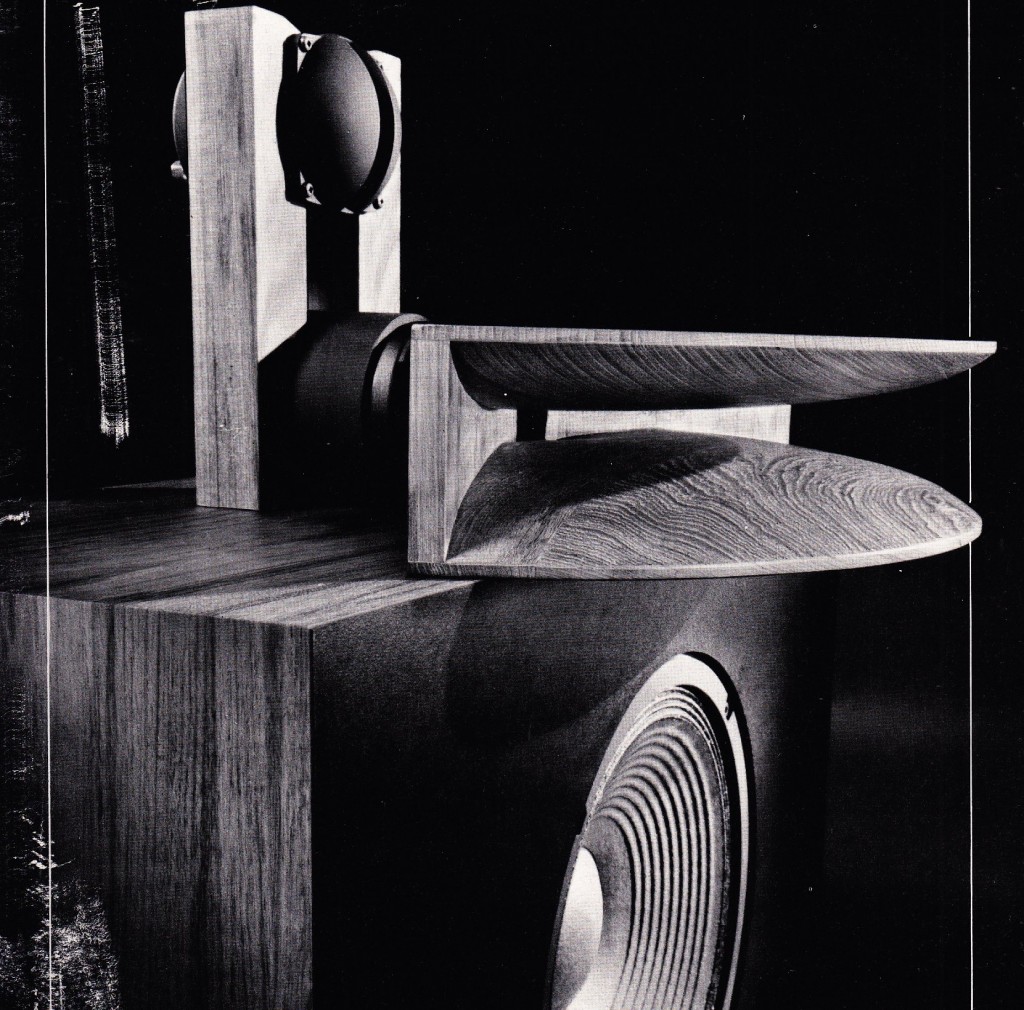 Download the 4-page catalog for the Fostex “Laboratory Series” studio monitors of 1980:
Download the 4-page catalog for the Fostex “Laboratory Series” studio monitors of 1980:
DOWNLOAD: Fostex_Lab_1980
Featuring the Fostex LS/2, LS/3, and the massive LS/4: 458lbs each, with response down to 19hz. Good lord. BTW I have come across several period FOSTEX speaker pieces; expect more in the next few days…
*******
***
Update 12.10.13:
Michael Gillespie, designer of the Fostex Laboratory Series, got in touch with PS dot com regarding these speakers. Here’s what he had to say:
“I designed these speakers in the late seventies. This was the inaugural Fostex product to launch in North America, setting the stage for huge success. At the time we did this, Fostex had 18 employees in Japan; today they have 67,000 worldwide.”
Click here for a better copy of the main brochure.
“Above are images of the “V” series; these were the same systems re-tuned for free-standing (full-space 4π) operation as opposed to the main brochure which shows soffit-mounted (half-space 2π) models.”
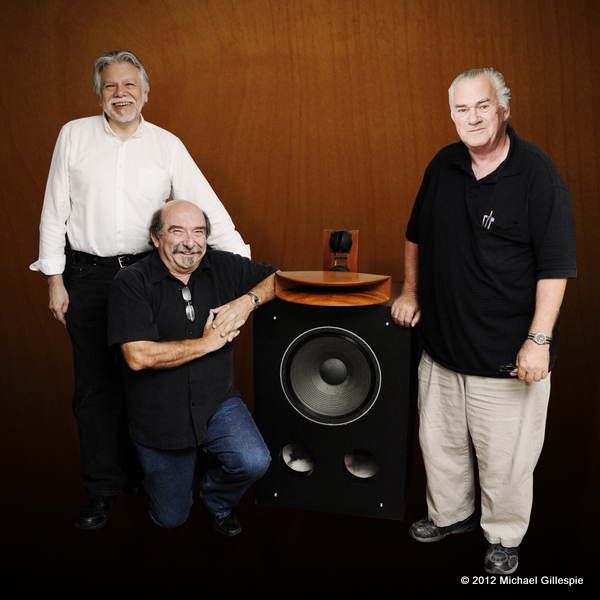 “Above is the the original development team, reunited in 2012: (L-R) Ted Telesky, Michael Gillespie, Bob Oliver.“
“Above is the the original development team, reunited in 2012: (L-R) Ted Telesky, Michael Gillespie, Bob Oliver.“
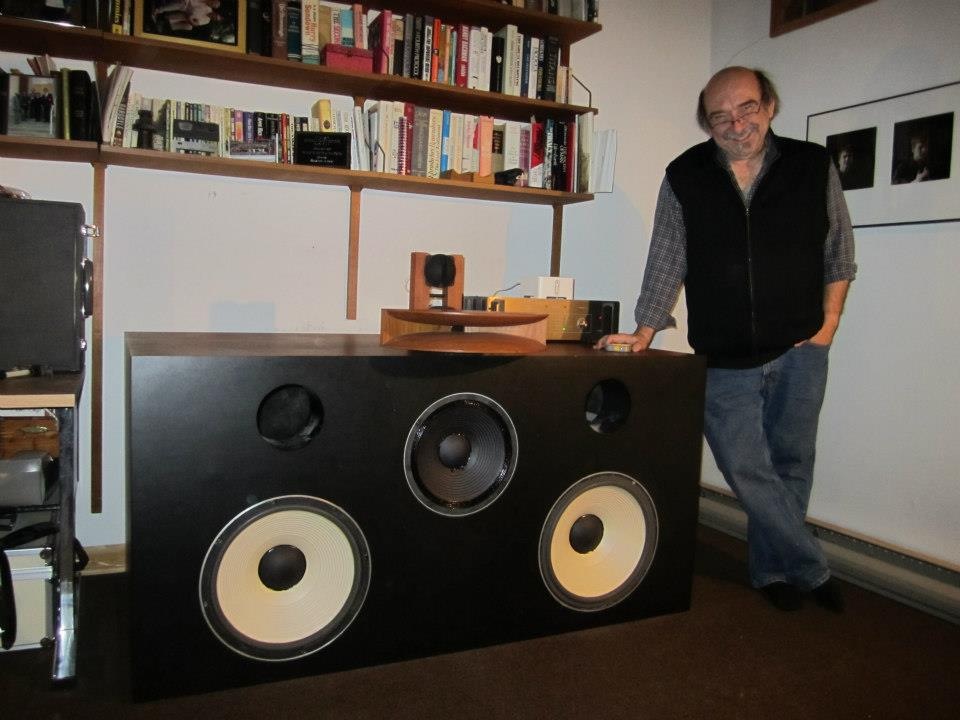 “And above is an – LS/4 is one of my personal pair – which I have owned for almost 35 years.”
“And above is an – LS/4 is one of my personal pair – which I have owned for almost 35 years.”
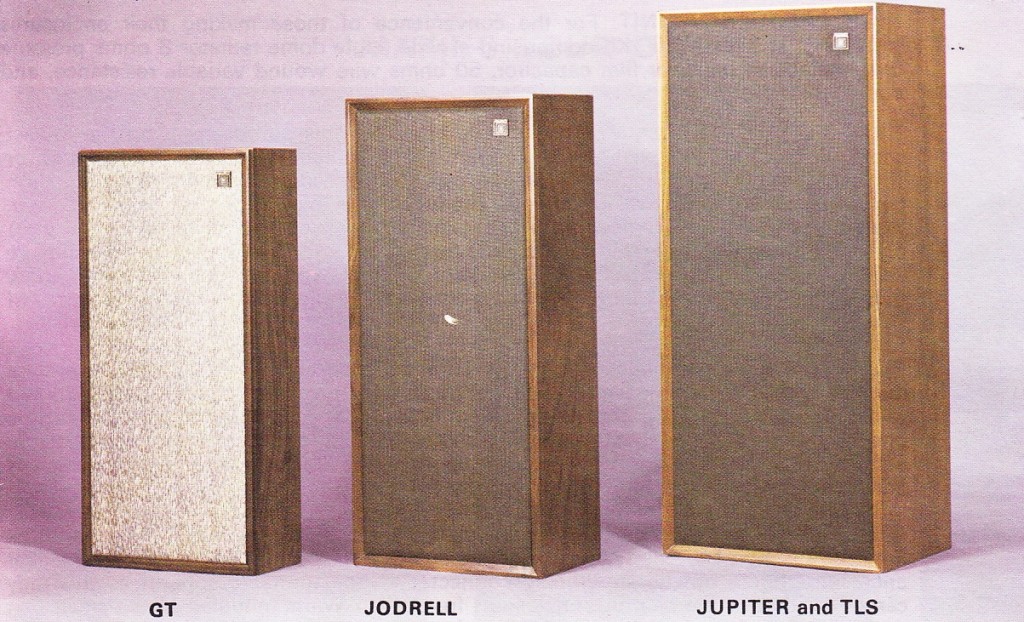 How y’all doing. Sitting here on the (what feels like) first day of fall, listening to a pile of weirdo 70’s UK punk LPs: The 999, Steve Harley, The Stranglers, and The Doctors Of Madness. What better match than some musty old paper describing some oddball British speakers of the era: Jordan Watts. This is the first of what will be many uploads of late-70s speaker ephemera, both HiFi and pro-audio. I have 100s of pieces of this stuff to go thru, and finally a free minute to do it. So get ready… and remember to check if Orange County Speakers has re-edge kits available for any foam-edged 35 year-old-speaker yr thinking of buying. Anyhow, download a complete late-1970s JORDAN WATTS hi-fi speaker catalog:
How y’all doing. Sitting here on the (what feels like) first day of fall, listening to a pile of weirdo 70’s UK punk LPs: The 999, Steve Harley, The Stranglers, and The Doctors Of Madness. What better match than some musty old paper describing some oddball British speakers of the era: Jordan Watts. This is the first of what will be many uploads of late-70s speaker ephemera, both HiFi and pro-audio. I have 100s of pieces of this stuff to go thru, and finally a free minute to do it. So get ready… and remember to check if Orange County Speakers has re-edge kits available for any foam-edged 35 year-old-speaker yr thinking of buying. Anyhow, download a complete late-1970s JORDAN WATTS hi-fi speaker catalog:
DOWNLOAD: Jordan_Watts_spkrs
On offer: the Jordan Watts models Juno, Juliet, Jumbo, GT, Jodrell, Jupiter, TLS, Jericho, Centurion, Qubique, and Flagon.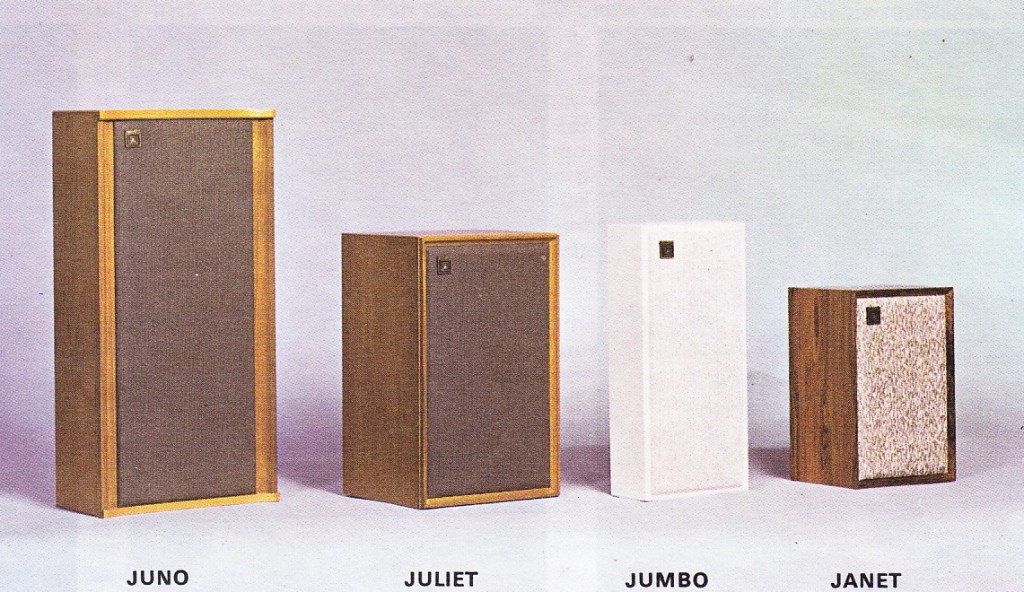 The Jordan-Watts speakers used a very unusual 4″ metal-coned driver unit that came in its own integral mini-enclosure. Even stranger tho are their Arabesque and Romanesque “Qubiqe” and “Flagon” models:
The Jordan-Watts speakers used a very unusual 4″ metal-coned driver unit that came in its own integral mini-enclosure. Even stranger tho are their Arabesque and Romanesque “Qubiqe” and “Flagon” models:
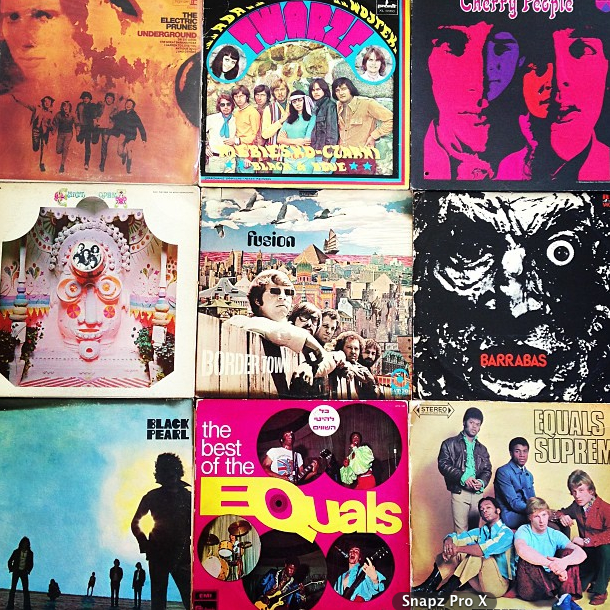 Sway + Sanchez return tonight to Firehouse 12, 45 Crown ST, New Haven CT, for 4 hours of lost LP gems… it’s been a great summer for crate digging and I’ve excited to be able to deliver some all-new sets.
Sway + Sanchez return tonight to Firehouse 12, 45 Crown ST, New Haven CT, for 4 hours of lost LP gems… it’s been a great summer for crate digging and I’ve excited to be able to deliver some all-new sets.
Above: last week’s finds (thanks DS): The Electric Prunes 2nd LP “Underground”; Twarz, Poland’s Janis c. 1970; Cherry People, obscure Shondells-styled pop rock; Earth Opera, which was Dave Grisman’s psych band before he found fame as a roots performer; FUSION, an early Ry Cooder project, v v Beefheart psych weirdo blues; Barrabas, spanish rock band c. 1970; Black Pearl, a v cool MC5-type Dopers-Play-James-Brown RnB freakout music; and two LPs from The Equals (Israeli pressings ?!?!), utterly fantastic band fronted by a young Eddy Grant.
Come on down to CT’s best bar and hear all the non-hits.
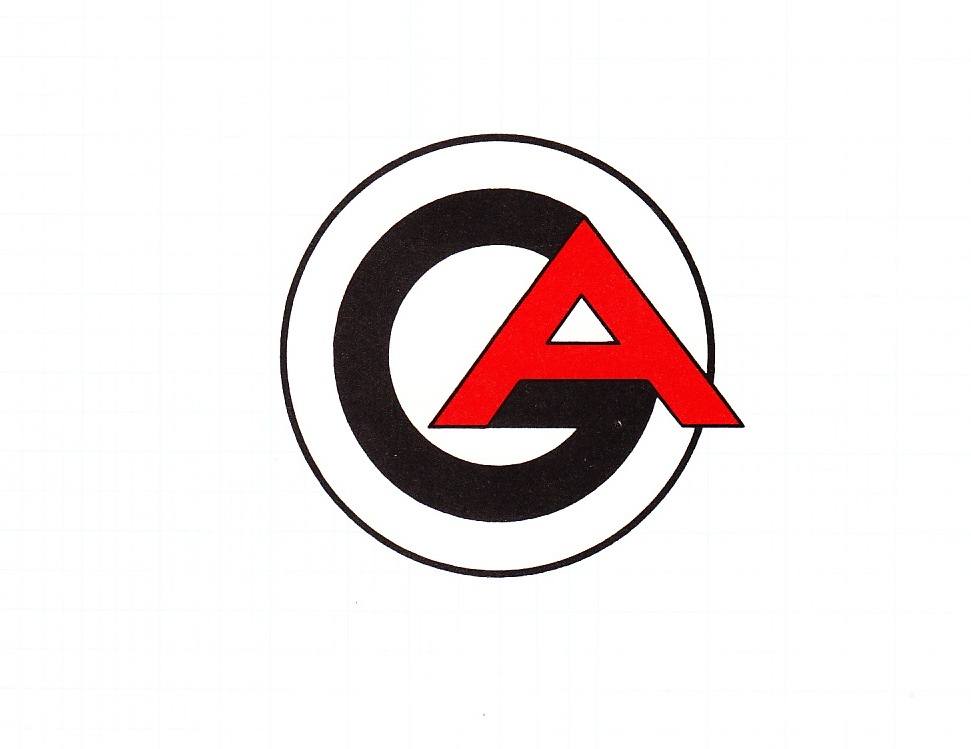 Download the complete 16pp 1979-1980 Gotham Audio catalog:
Download the complete 16pp 1979-1980 Gotham Audio catalog:
DOWNLOAD: Gotham_Audio_1979
Products mentioned, with text + photos, include: Telefunken M 12A, M 15A, and M15A Multitrack (32 tracks!) tape machines; Telcom C4 noise reduction system, TTM universal noise reduction frame, Neumann microphones including U89, KMR 82, USM 69; Neuman VMS 80 Disc mastering system, SP 79C Disk Cutting Console, MT 80 preview playback tape deck, SAL 74 Cutter Drive Logic (600 watts per channel!!!!), and SX 74 cutter head; EMT 240, 250, 140, and 244 reverbs; EMT 424 and 422 flutter analyzer, and EMT 950 turntable; K+H 0-92 and Model OY speaker; the EFP Phonograph plating plant (!!!!), NTP console modules 179-120 compressor, 177-520 oscilloscope, and a range of meters; plus a bunch of other related bits+bobs from the end-of-the-line of crazy-hi-end analog studio infrastructure. Just be glad you didn’t buy a new Swedish-built LP plating plant in 1980, ‘aight? Re: bits+ bytes are just ’round the corner….
*******
***
For our earlier scan of the 1972 Gotham Audio catalog, click here. Astute commentators are encouraged to reflect on what had changed significantly between ’72 and ’78. And sage speculation on what might change between today and 2019 is equally encouraged.
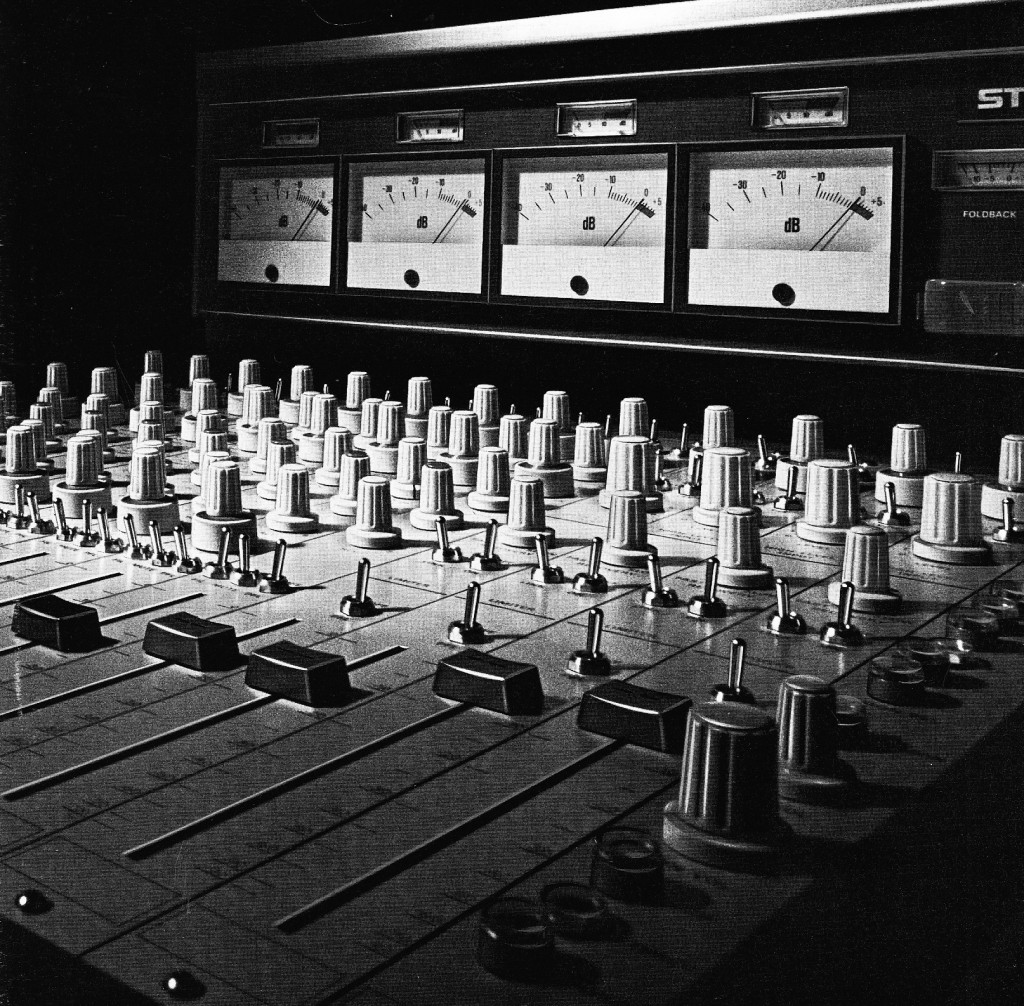 Got a pretty good one for y’all today… download the complete 12pp catalog for the Studer 169 Portable Audio Mixer:
Got a pretty good one for y’all today… download the complete 12pp catalog for the Studer 169 Portable Audio Mixer:
DOWNLOAD:Studer_169
Oh Studer 169. How long you have taunted me on eBay. How little use I would probably find for you. Available in configurations varying from 8 to 11 inputs, 1 to 4 masters (each with integral limiter), the 169 was a 19″ rackmoutable mixer. Anyone using of these? Weigh in!
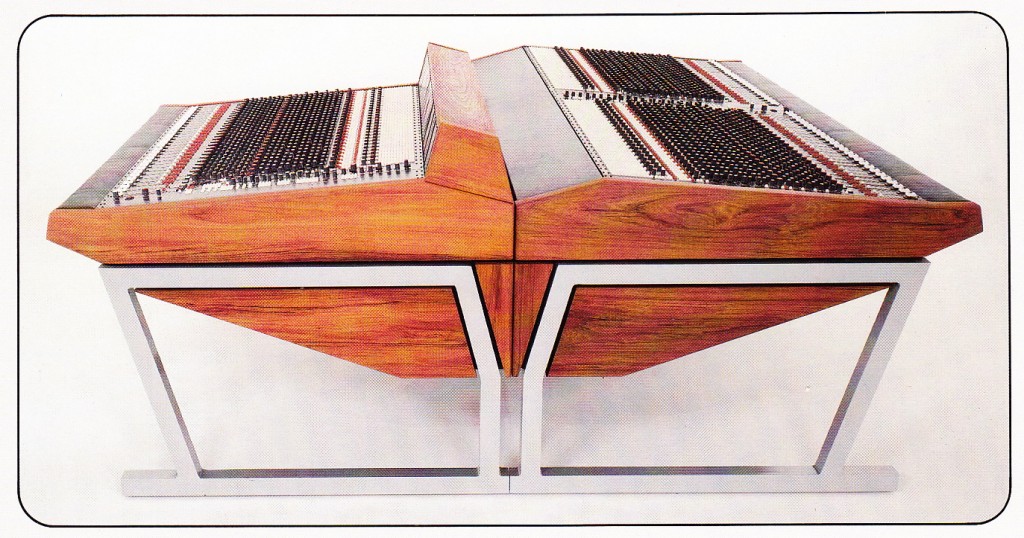 Download 10pp of period promo materials for the Harrison MR-2 and “Post Production Series” mixing consoles:
Download 10pp of period promo materials for the Harrison MR-2 and “Post Production Series” mixing consoles:
DOWNLOAD: Harrison_consoles
I have several other pieces of Harrison documentation; if there is enough demand + attention to this post, I’ll post those as well.
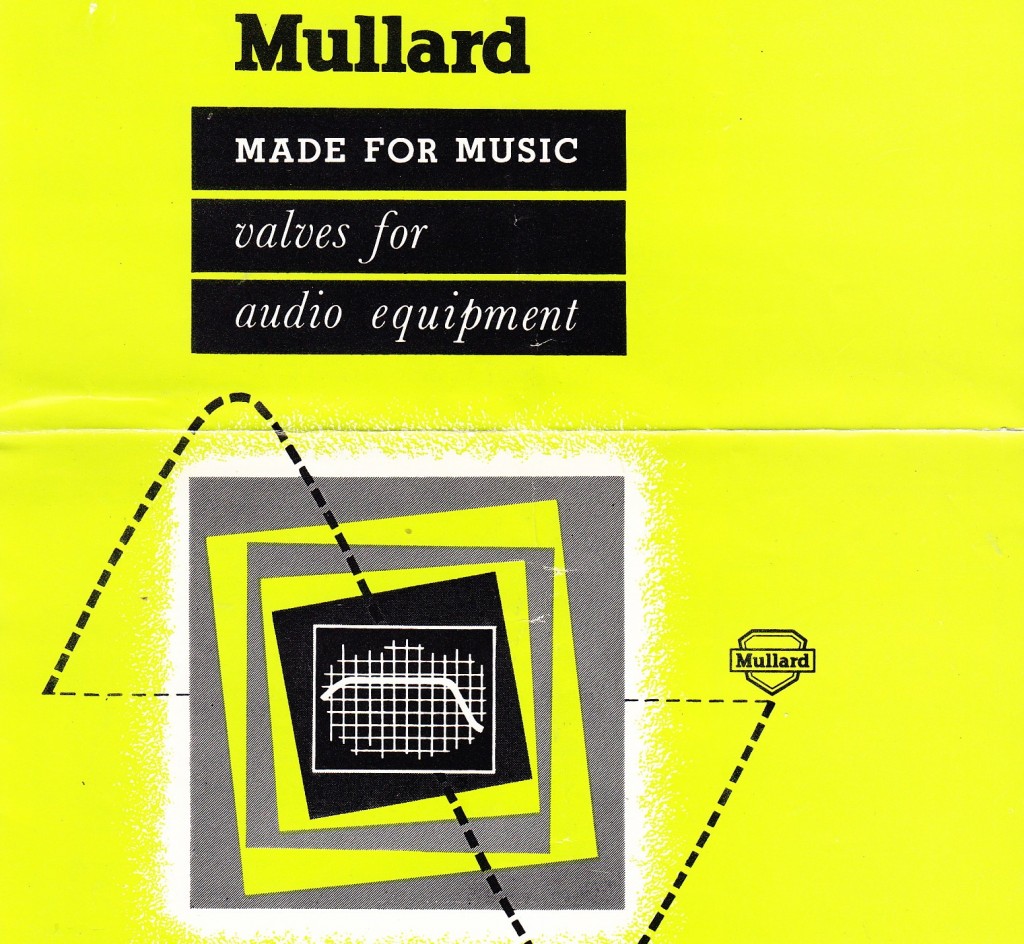 Download the complete 6pp Mullard “Made for Music / Valves For Audio Equipment” c. 1960 catalog:
Download the complete 6pp Mullard “Made for Music / Valves For Audio Equipment” c. 1960 catalog:
DOWNLOAD: Mullard_Made_For_Music
Products covered, with text, specs, and photos, include: Mullard EF86 (6267) pentode, Mullard ECC83, ECC81, and ECC81 twin triodes (12AX7, 12AT7, 12AU7), EL84 (6BQ5), EL34 (6CA7), and EL37 (6L6) power tubes, and EZ80, EZ81, and GZ34 rectifier tubes (6V4, 6CA4, 5AR4).
There’s plenty of info here, operating points, some basic schematics, etc… good for any tube audio-maker to keep on hand. I stopped by the shop briefly today and was pleasantly surprised that to see that E.Lyon had found this for me… Thanks again! Enjoy…
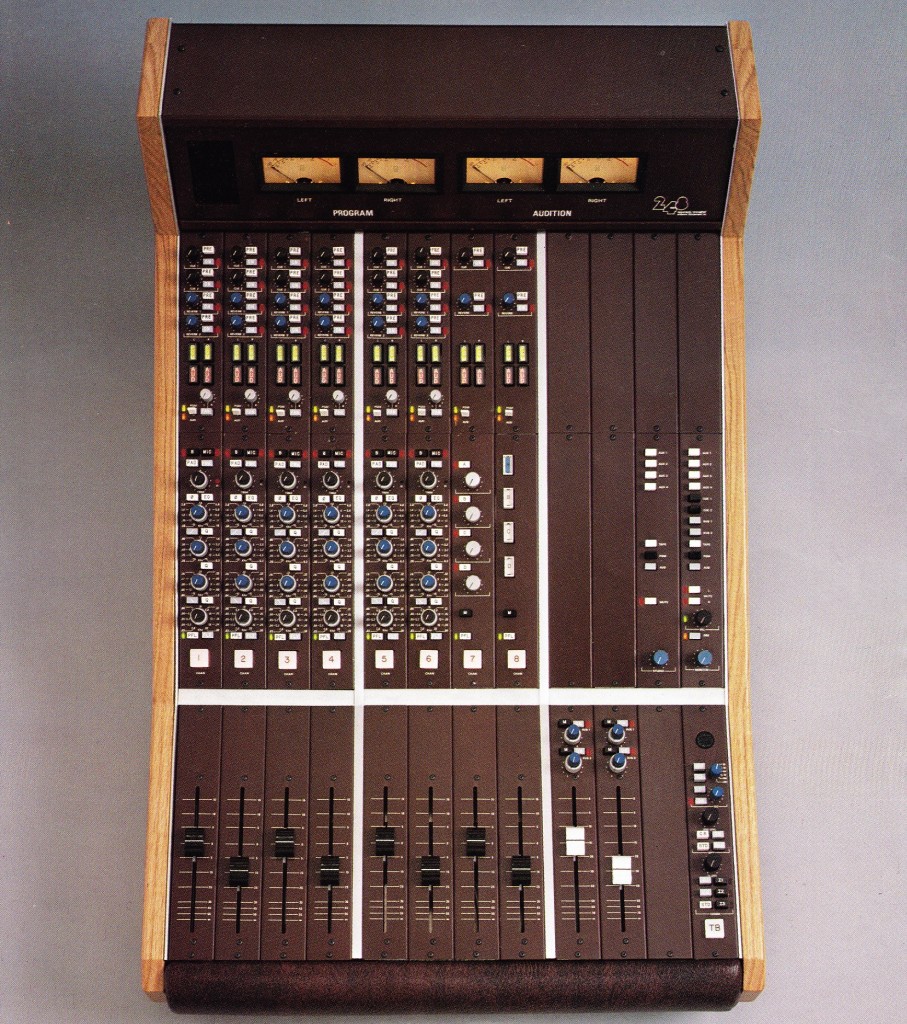 Download ten pages of literature regarding the Quad/Eight model 248 mixing system:
Download ten pages of literature regarding the Quad/Eight model 248 mixing system:
DOWNLOAD:QuadEight_248
Anyone?